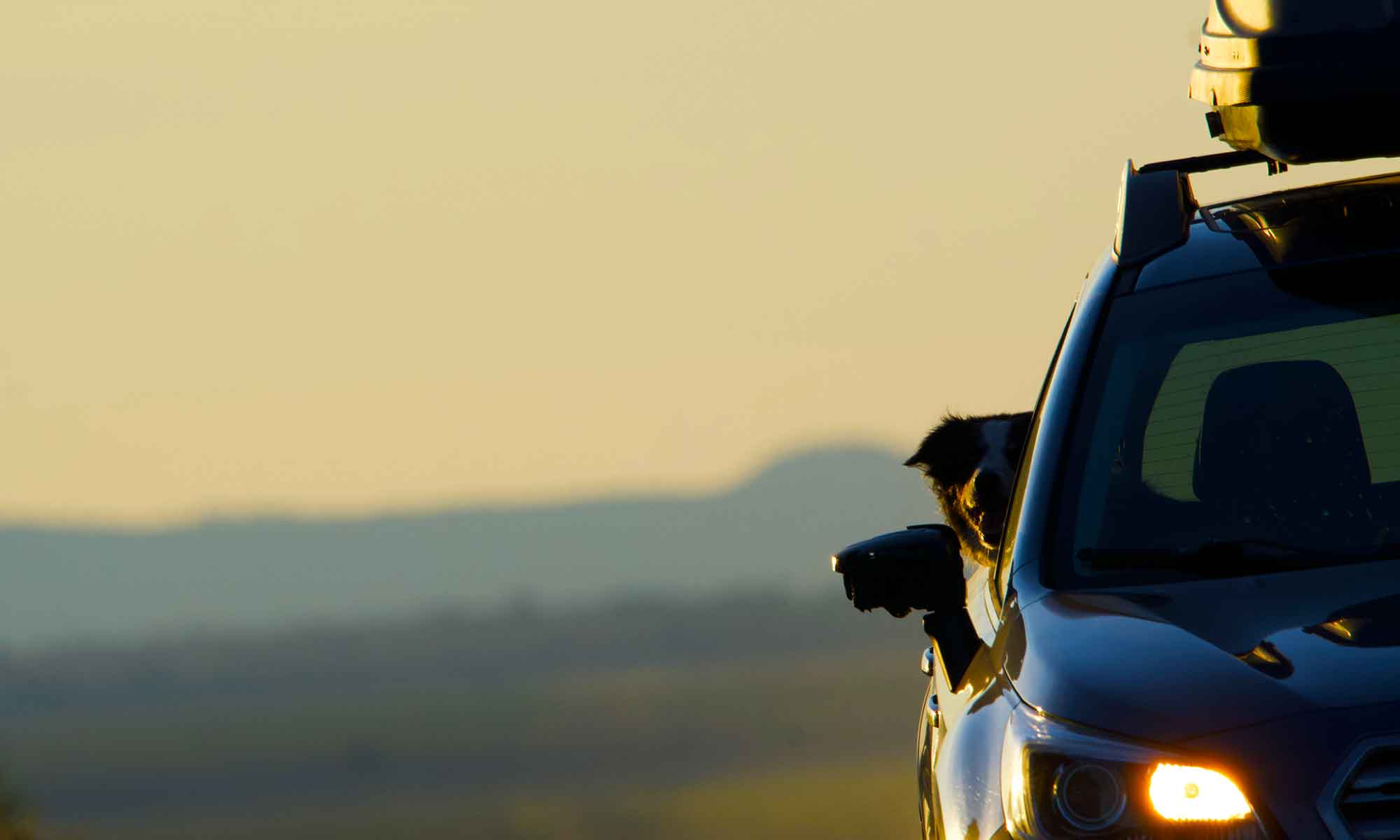
Again this week we found ourselves parked next to a picnic table on the east bank of the Crooked River. If we’re not at home this would be the next place to look.

Some days all that’s required is time on the river. This works best if you’ve established a regular destination. With each relocation, a new favorite had to be researched . . . it’s always been like that.

Growing up my family went fishing nearly every Summer Sunday. Depending on which sibling you ask, those outings were either fishing trips or picnics. Regardless . . . you get lunch and often cake for dessert.
Upper Big Creek CG, which actually closed before I left in the 70’s, was a common destination. We parked in second growth Larch overlooking the North Fork of the Flathead River.

Rock Creek served us well during time spent doing television in Missoula. When we moved to Troutdale, the fishing trips thinned because the Lower Deschutes was a much longer drive.
There are more than a handful of fishable streams within an hour of the place we’re currently occupying. While we do visit all at least once a season, the Crooked River, upstream of Prineville, holds the record number of visits.

 There are fish in these waters but a healthy riparian as well. While I hunt Redband Trout, JQ seeks a different angle.
There are fish in these waters but a healthy riparian as well. While I hunt Redband Trout, JQ seeks a different angle.
Lined by basalt cliffs the Crooked River canyon is forested with ancient juniper and offers nice birding . . . water fowl, song birds and raptors.
From here we mark seasonal changes with posts of current blossoms and stream levels.















 Like Brown Trout, Bass are hunters thus streamer patterns are effective. Presentation requires stripping line over holding fish.
Like Brown Trout, Bass are hunters thus streamer patterns are effective. Presentation requires stripping line over holding fish.
 Winter on the Deschutes has Redside trout using folds in the current to hang out, while the river brings dinner.
Winter on the Deschutes has Redside trout using folds in the current to hang out, while the river brings dinner.








 This week’s trip was in hopes of finding a particular Baetis hatch. Blue Wing Olives, or BWO’s to the locals, is a small grayish winged Mayfly that shows up numerous times a year in Western Waters.
This week’s trip was in hopes of finding a particular Baetis hatch. Blue Wing Olives, or BWO’s to the locals, is a small grayish winged Mayfly that shows up numerous times a year in Western Waters.




 Over the centuries the John Day River has carved open the land to expose ancient history.
Over the centuries the John Day River has carved open the land to expose ancient history.












 Late summer flows on the Crooked can drop to 50 CFS from an average of about 130 CFS. September’s BLM draw down was to 10 CFS. This put more water in the irrigation ditches, but
Late summer flows on the Crooked can drop to 50 CFS from an average of about 130 CFS. September’s BLM draw down was to 10 CFS. This put more water in the irrigation ditches, but 

 The day we were there, the river was up a bit, at 23 CFS. As expected a lot of river bed was exposed. The Crooked River has never been easy to wade, but now I’ve got a better understanding of why. With so much bottom laid bare, white alkali deposits on rocks mark high water points, and from the remaining water flow to the bank was an exposed jumble of loose shoebox sized stones.
The day we were there, the river was up a bit, at 23 CFS. As expected a lot of river bed was exposed. The Crooked River has never been easy to wade, but now I’ve got a better understanding of why. With so much bottom laid bare, white alkali deposits on rocks mark high water points, and from the remaining water flow to the bank was an exposed jumble of loose shoebox sized stones.



 This week the levels are coming back up (2.03 ft/48 CFS at this writing), so now we find out how much impact the reduced flow has had.
This week the levels are coming back up (2.03 ft/48 CFS at this writing), so now we find out how much impact the reduced flow has had.